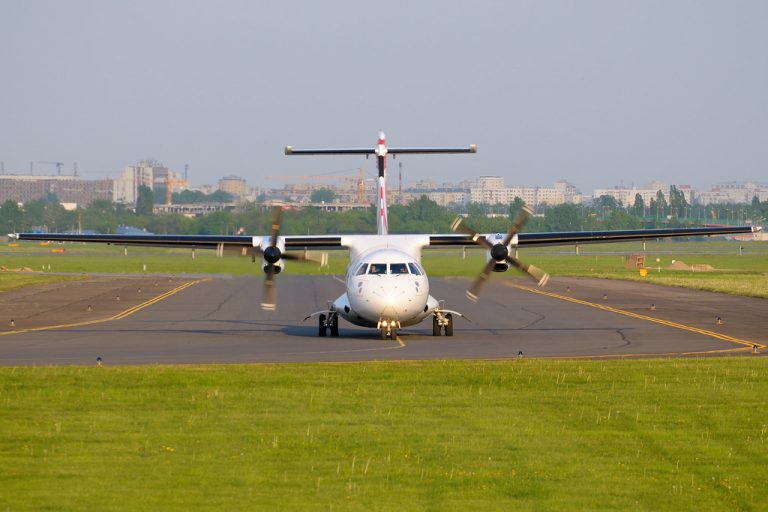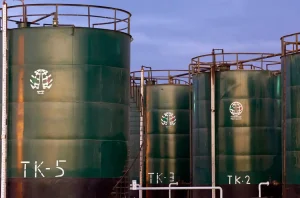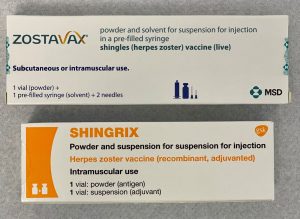In a sector beset by delivery delays and a historic order backlog, Avation has quietly positioned itself at the fulcrum of supply constraints and rising lease valuations, setting the stage for what may prove to be a decade of strategic leverage.
Avation has methodically filled every seat in its 33-strong fleet, securing leases that extend, on average, 3.9 years and keeping the weighted fleet age at a competitive 8.4 years. This disciplined deployment underpins the group’s confidence in meeting full-year objectives for 2025, even as global production lags some 30 per cent behind peak output and a record 17,000 aircraft await delivery. Rather than viewing these bottlenecks as a headwind, Avation sees them as a catalyst for sustained lease-rate momentum and asset valuation gains, dynamics that have already translated into tangible uplifts across both new and second-hand aeroplanes.
Earlier this month, Moody’s granted Avation a debut B1 corporate family rating and a B2 issuer rating with a stable outlook, a milestone that reflects the company’s resilient recovery from pandemic-era disruption and the strength of its balance sheet. The financing endorsement arrives as Avation has whittled down secured debt by roughly US$25 million since last June and repurchased over US\$21 million of its senior PIK toggle notes due in 2026. These actions have brought the remaining Notes liability to about US$310 million – a figure management aims to refinance under improved terms as liquidity and market confidence grow.
Liquidity is not merely theoretical. With roughly US\$125 million in cash on hand, Avation has also reclaimed some US$9.5 million in rent arrears during the 11 months to the end of May, pushing collection rates above 100 per cent. Such efficiencies have enabled the board to earmark net proceeds of approximately US$33 million from the planned sale of a Boeing 777-300ER leased to Philippine Airlines, funds which will either pay down debt or fuel the acquisition of additional narrowbody jets. These strategic divestments and reinvestments underscore a deliberate tilt towards smaller, more liquid aircraft types that promise higher utilisation and more predictable income streams.
On the acquisition front, Avation recently added an 11-year-old Airbus A320-200 to its roster, now leased long-term to Etihad, and holds orders for ten ATR 72-600 turboprops due between late 2025 and mid-2028. The first two ATRs are already earmarked for Japanese and South Korean carriers, while purchase rights on 24 more of these regional workhorses extend through June 2034. Each option in that pipeline represents not just future revenue but strategic optionality, allowing Avation to calibrate fleet composition against evolving market appetites and regulatory shifts.
Despite minor hiccups, a delayed ATR lease to Colombian start-up Clic Air and upcoming redeliveries of several turboprops in 2026, the company expects smooth transitions to new operators and imminent commencement of pending contracts. The narrowbody segment, which accounts for more than half of the group’s book-value exposure, remains the primary focus for reinvestment, a stance that aligns Avation with broader industry preferences and demographic travel trends across Asia-Pacific, where passenger kilometres climbed over 10 per cent year on year through April 2025.
Chair Jeff Chatfield highlights how this confluence of backlogged orders, selective asset rotation and enhanced credit metrics forms the cornerstone of Avation’s ten-year vision. Rather than chasing headline-grabbing fleet expansion, the company has favoured a calibrated strategy: optimise lease yields on existing assets, refresh the portfolio with targeted acquisitions, and fortify the balance sheet against future market swings. This approach has sustained a market capitalisation of just over £105 million, even as share repurchases at prices between 138p and 150p have trimmed the float and signalled management confidence in the long-term thesis.
Looking ahead, Avation is preparing to update its global medium-term note programme, broadening the toolbox for future debt issuance. The flexibility afforded by that initiative, coupled with purchase rights extending into the next decade, suggests that the company is laying the groundwork for a prolonged period of steady, self-reinforcing growth. In an environment where new aircraft remain stubbornly out of reach for many carriers, Avation’s strategy of turning scarcity into an operational and financial advantage may well prove its most compelling asset.
Avation PLC (LON:AVAP) is a commercial passenger aircraft leasing company owning a fleet of aircraft which it leases to airlines across the world. Avation’s future focus are new technology low CO2 emission aircraft.









































